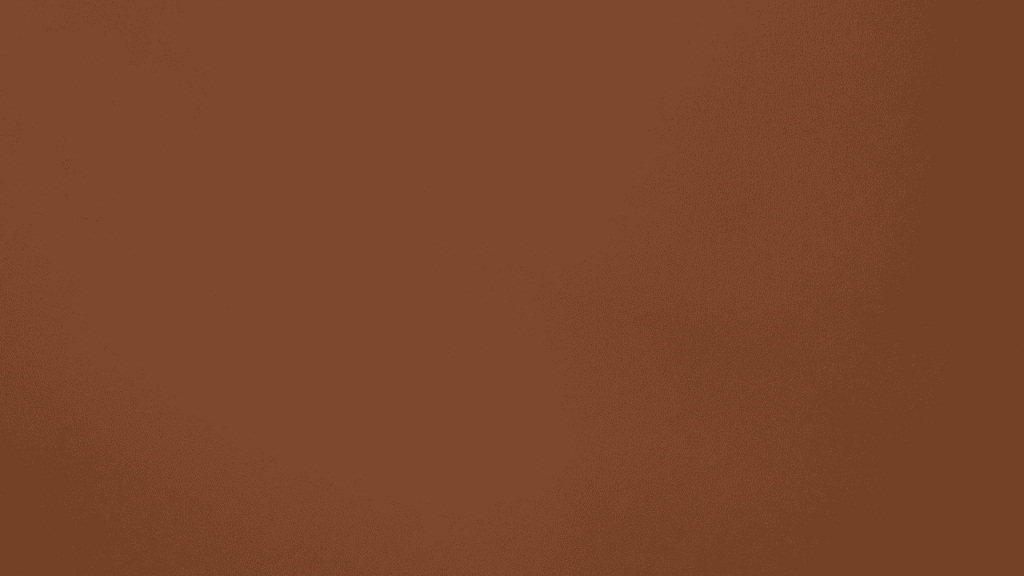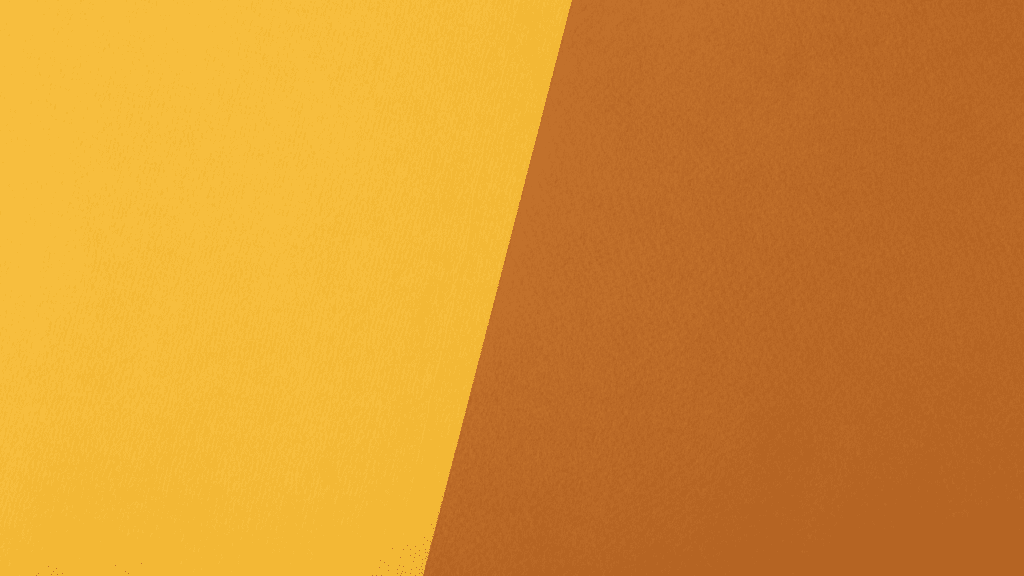Color theory is a vast field of study that is as multifaceted as it is fascinating.
Each color is imbued with meaning, and mixing different hues lends to a world of possibility, especially in terms of design and composition.
Have you ever wondered what color you get when you mix yellow and brown? These two distinct colors have a gorgeous outcome when combined. Read on to find out more.
Table of Contents
What Color You Get When Mixing Yellow and Brown?
Mixing the colors yellow and brown in equal quantities results in a lighter shade of brown. However, the color tone will vary depending on how much of each color you use when combining them. More brown will produce a darker, murkier color, whereas more yellow will make for a light, bright brown. Depending on your mixing measurements, you may end up with an olive-brown, a beige color, tan, khaki, or even gold.

A little more information about color theory
Most of us know that the three primary colors are red, blue, and yellow.
Combinations of any two of these produce the three secondary colors, namely, purple, orange, and green.
But did you know that the three primary colors combined produce brown?
That makes brown a tertiary color, defined as a color produced by mixing all the primary colors, two of the tertiary colors, or mixing together one from each classification.
If you’re wondering what bearing this has on mixing yellow and brown, stay tuned.

You see, yellow is considered a warm color and is often associated with light, positivity, and the sun.

It is close to red and orange on the color spectrum, which are often associated with fire, heat, and warmth.

Brown, in turn, is a more neutral and earthy color but is close to red and yellow on the color wheel.
Given that brown already contains the primary yellow as a base color, as well as red, it makes sense that it is also considered warm, and this is one of the many reasons that it complements yellow as well as it does.
Mixing yellow and brown creates warm shades of light brown that can vary from bright tans and beiges to murkier, earthier tones like olive and khaki.
Combining brown with a non-adjacent cool color, like blue, would produce a far different result and take away from brown and yellow’s natural warmth.
Adding white or black

When mixing yellow and brown for painting, I sometimes find that I still haven’t quite achieved the color I want.
To combat this, I’ve had to teach myself about tinting and shading, which is really just a fancy way of saying add black or white. And my goodness is it effective.
Aside from producing exceptional shades of tan, khaki, and beige, the combination of yellow and brown can also create flesh tones, nude tones, or shade tones.
With a little added black and white, you can transform your mixture into precisely what you’re looking for.
How it works is simple math.
Adding white will make your color lighter and more pastel, whereas adding black adds depth and richness.
Mixing yellow and brown to make gold

Mixing the color gold is notoriously tricky but can be achieved by combining yellow and brown, depending on your ratios.
In nature, gold occurs naturally in sunlight and fall leaves. Throughout history, this color has represented wealth, prosperity, power, and, of course, warmth.

We know that yellow and brown are both warm colors, so how do we harness this characteristic to create gold?
If you’re mixing paint, start with yellow as your primary ratio.
Add tiny drops of brown until you begin to create a shade of gold. If need be, you may have to add a little bit of orange. For a lighter gold, tint your mixture with white.
Finally, add a splash of glitter or pigment to give your gold its shimmery finish.
Yellow and brown as complementary colors
Yellow and brown combined create a whole new palette of possibilities, which led me to think about how they work next to one another in design composition.
In short, they are exceptional together.
Yellow, for all its vibrancy and power, is a great choice of accent color against neutral, warm brown tones.
Where yellow accentuates highlights, brown grounds design elements and different shades add incredible dimensions to a space.
Frequently Asked Questions About Coloring
What is a complementary color?
Complementary colors are the hues situated opposite one another on the color wheel. On the most basic color spectrum, comprising only primary and secondary colors, the complementary colors are yellow and purple, red and green, and orange and blue.
Is brown just a dark shade of yellow?
Brown is a tertiary color formed when two or more complementary colors are mixed together. For example, red, blue, and yellow make brown, but purple and yellow also make brown. The colors you choose to combine and how you mix them will determine the variation of brown you achieve.
What is ocher?
Ocher is a naturally occurring pigment comprised of clay and sand. It can be shades of yellow, brown, or orange and is often used to produce the color ocher, a light brown-yellow.
Conclusion on What Color You Get When Mixing Yellow and Brown
Combining yellow and brown can have extremely pleasing results, especially if you’re looking for variations in an earthy, warm palette.
Of course, achieving the exact color you desire may take some time, patience, and experimentation.
Still, once you get the hang of it, you’ll have plenty of color possibilities at your disposal.

